The hard work of planting, Sanqi planting (1)
Panax notoginseng is a perennial herb with a growth cycle every year. Its growth environment needs are: low latitude, high altitude, small temperature difference between day and night, soil relative humidity up to 70-80%, acid red soil and yellow soil with pH value of 4.5-5.6, so the cultivation of Panax notoginseng can be said to be an alternative scientific and technological activity.
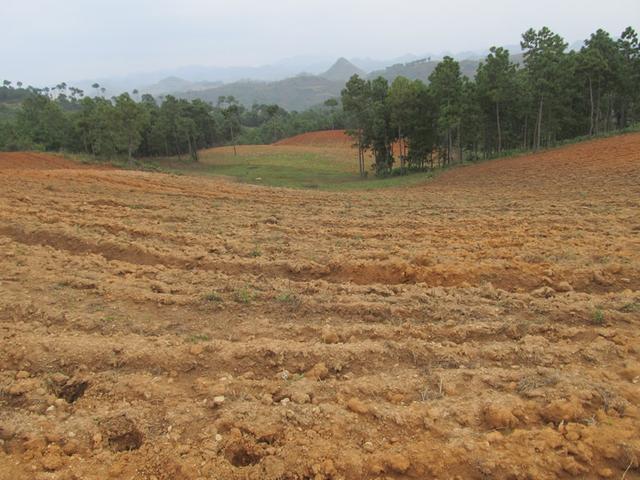
When choosing a land, there must be a slope.
The land must be selected in mountainous areas with slopes to facilitate drainage and flood control. If waterlogging occurs, Panax notoginseng will all drown. Then it is necessary to build ridges along the slope. After they are built, the drains will naturally come out, and the seeds of Panax notoginseng will be planted on the ridges.
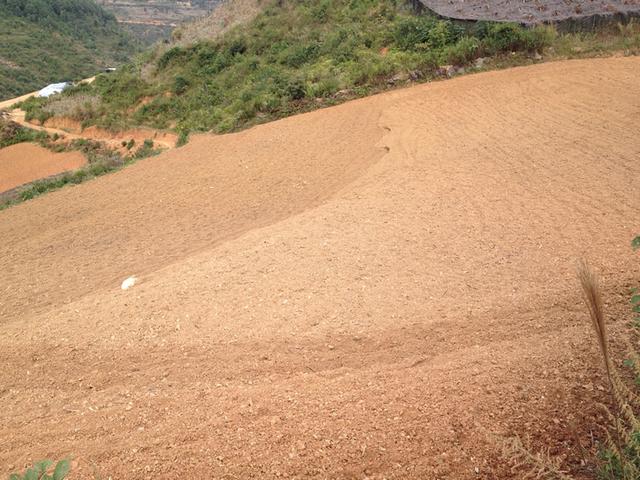
Flat ground, the trend of selecting ridges
Then there is piling, and after piling, the wire is drawn, and its function is to cover the top with a sunshade net to prevent the sun from shining directly on the seedlings of Panax notoginseng, because Panax notoginseng is one-third happy with the sun and seven with the yin. Panax notoginseng is a typical shade plant, which is consistent with the tissue structure of Panax notoginseng itself. For Panax notoginseng with rich production experience, the suitable light conditions for the growth and development period of Panax notoginseng are roughly 30% and 70% shade, which are different according to the age of Panax notoginseng and the demand of light transmission in different growth stages.
The area between every four piles is called empty (konng, four tones). People use empty units to measure the planting area of each piece of land, and use the yield of each empty to measure the yield of the whole piece of land.
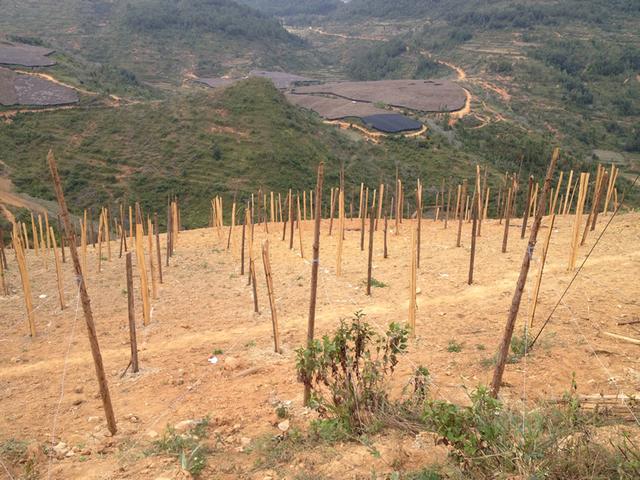
Piling and covering the sunshade net
It takes more than 3 years for Panax notoginseng to be sown and harvested. The annual roots of Panax notoginseng are usually used as seedlings, which can blossom and bear fruit from the second year. They usually bud in July, blossom in August, bear fruit in September, and mature in batches from October to November. The cultivation of Panax notoginseng not only has a long operation cycle, but also requires a lot of human, material and financial resources, so the planting of Panax notoginseng is not so much the hard work of the farmers as a gamble of interests and risks.
- Prev
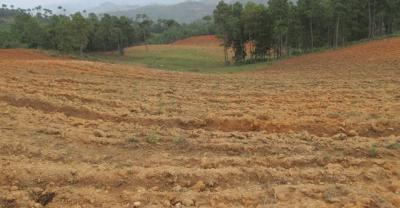
The advantages of immediate dental implant
Dental implants can only be completed after two operations. the first time is to implant the implants into the alveolar bone and recover them after 3-6 months.
- Next
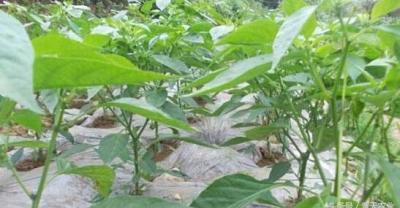
Rapid and efficient seed planting techniques for Carnation
Rapid and efficient seed planting Carnation planting Technology Carnation has the advantages of beauty, calming the mind and relieving thirst, clearing the heart and eyesight, eliminating inflammation and annoyance, invigorating the throat and strengthening the stomach.
Related
- Fuxing push coffee new agricultural production and marketing class: lack of small-scale processing plants
- Jujube rice field leisure farm deep ploughing Yilan for five years to create a space for organic food and play
- Nongyu Farm-A trial of organic papaya for brave women with advanced technology
- Four points for attention in the prevention and control of diseases and insect pests of edible fungi
- How to add nutrient solution to Edible Fungi
- Is there any good way to control edible fungus mites?
- Open Inoculation Technology of Edible Fungi
- Is there any clever way to use fertilizer for edible fungus in winter?
- What agents are used to kill the pathogens of edible fungi in the mushroom shed?
- Rapid drying of Edible Fungi

